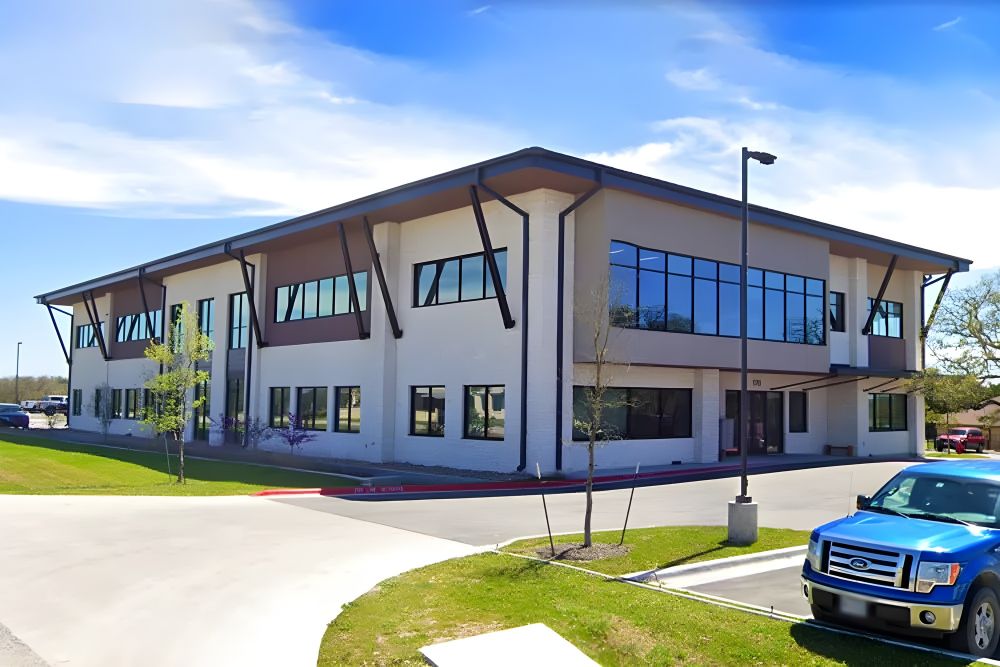What Is Spinal Stenosis?
August 25, 2021

Spinal stenosis is a fairly common condition that affects over 200,000 Americans every year. Most cases of spinal stenosis are found in adults that are 50 or older. This condition occurs as a result of a narrowing of the spinal canal, which can eventually lead to spinal nerves becoming compressed. When spinal nerves are compressed, it can result in a variety of symptoms. In this post from the Greater Austin Pain Center blog, we’ll explain what spinal stenosis is, and some of the common symptoms associated with the condition.
Different Types Of Spinal Stenosis
There are multiple types of spinal stenosis that people can experience, classified according to where the narrowing of the spinal canal is occurring. In some cases, individuals can have multiple types of spinal stenosis. There are 2 general types of stenosis that most people with the condition experience.
- Cervical stenosis: Cervical spinal stenosis occurs when the neck area of your spine is starting to narrow.
- Lumbar stenosis: Lumbar spinal stenosis occurs when the lower back area of your spine is starting to narrow.
Of these two conditions, lumbar stenosis is the most common.
How Does Spinal Stenosis Happen?
Spinal stenosis is most commonly the result of age-related wear and tear, as well as other conditions, namely arthritis. When the spinal canal narrows, the open spaces in between the vertebrae start to shrink. As the spaces start to close in, the spinal cord or the nerves around it can get pinched. This pinching of the spinal cord or nerves is what causes the symptoms associated with spinal stenosis.
What Are The Symptoms Of Spinal Stenosis?
The different types of spinal stenosis result in different symptoms. In some cases, there may be evidence of spinal stenosis as shown from an MRI or CT scan, but there may be no symptoms present. Symptoms and their severity depend on the location of the stenosis, and the nerves that may be affected.
Those with cervical stenosis or stenosis affecting the neck may experience several symptoms like numbness or tingling in an arm, hand, foot, or leg. Other symptoms associated with cervical stenosis are weakness in the limbs or extremities, neck pain, issues with balance and walking, and in the most severe cases bowel or bladder incontinence.
Those experiencing lumbar stenosis may also feel numbness or tingling, but most often centralized within a leg or foot. They may experience weakness in that same foot or leg and cramp in one or both legs after standing for long periods. If the pain and cramping go away when bending forward or sitting, it’s a clear sign of lumbar stenosis. Lumbar stenosis may also result in tightness and discomfort within the lower back.
Think You May Be Experiencing Spinal Stenosis? Reach Out To Greater Austin Pain Center Today
Think you have Spinal Stenosis?
If you live in the Greater Austin, TX area and think you may be affected by spinal stenosis, reach out to the greater Austin Pain Center as soon as possible. Our team of pain management specialists have helped countless Austin residents experience lasting pain relief from the symptoms and discomfort that stem from spinal stenosis, and would love to help you too! For more information or to schedule an appointment, reach out to our team online or over the phone.

















